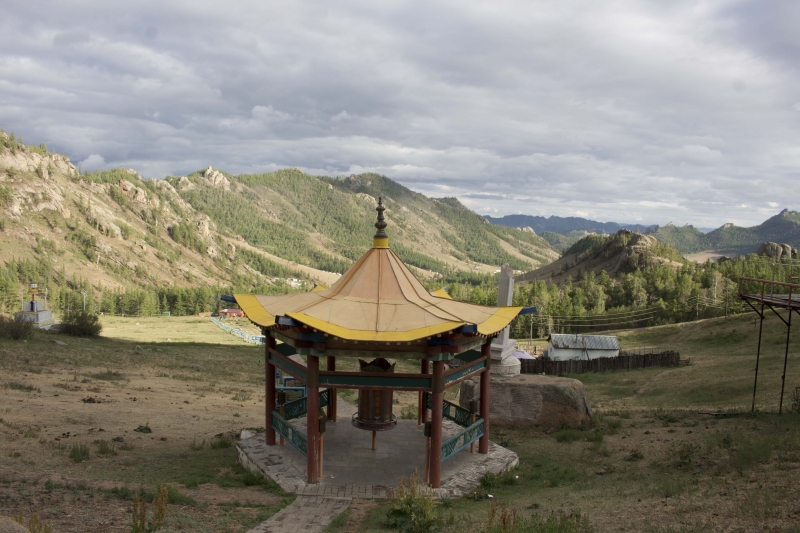Gorkhi Terelj National park

Cradled among the rounded granite outcrops, the valley has a spectacular view and surroundings. An easy drive from Ulaanbaatar, it is the most visited of all Mongolia’s natural areas. Terelj National park is well known for its eerie shaped rock formations and its wide choice of tourist ger camps. Gorkhi valley is the park’s scenic centerpiece. Many nomads also live here year round with their constant grazing livestock.
The green meadows match perfectly with the smooth shapes of the granite crags, ridges, and monoliths that attract thousands of visitors each year. In addition to wonderful scenery, the most famous of the Gorkhi Valley landforms is turtle-shaped rock. Viewed from the east, it looks like an ancient tortoise – a symbol of wisdom, longevity and good fortune. As one legend tells it, the hero Oirads Luuzansharav heard his enemies approached. He wanted his wife to escape with him, but she could not bring herself to leave behind her possession. So he killed her and put her gold in the cave in Turtle Rock before fleeing. Local people talk that gold is still there, unreachable.
But to those who look farther, it is the appealing gateway to a large, diverse wild landscape comprising 293.200 hectares of mountains, river valleys wetlands, forest, rocky summits, and flower-spangled meadows. The mountain of Gorkhi-Terelj are the southern sentinels of the Khentii Range, a tangle of high, rugged country extending 160 kilometers north to the Siberian border. Together, they protect a wild fortress of about 1.6 million hectares within Khan Khentii Strictly protected area.
It has rich flora and fauna too. The biology inventory includes 50 mammal species, more than 250 bird species, and more than 1200 vascular plants. Several habitat zones come together here. Arctic tundra on the high mountains, coniferous taiga on north-facing slopes, Euro- Siberian forest steppe and Manchurian – Daurian steppe in the valleys combine to create Khentii’s characteristic.
Mammals include the primary species of central Asia’s steppe and woodland, including brown bears, wolves, lynx, wolverine, sable, red deer, moose, Siberian roe deer, and musk deer.


